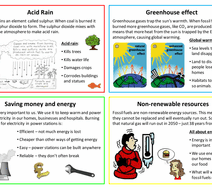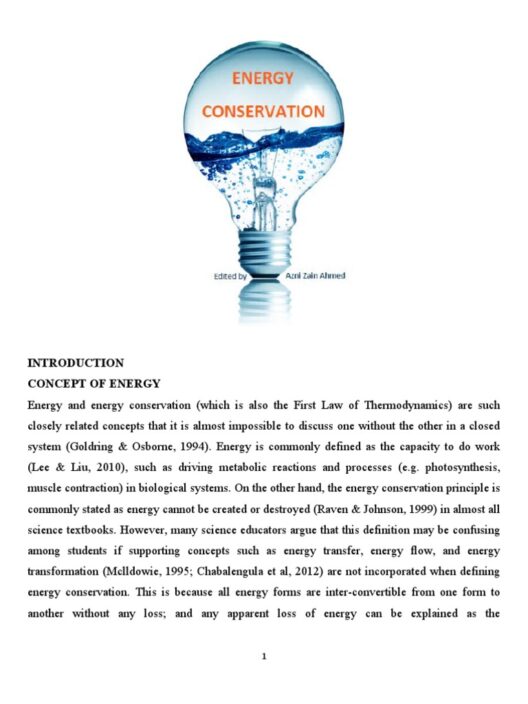Climate change is an existential challenge that transcends national borders. The ramifications of rising global temperatures, diminishing ice caps, and erratic weather patterns are palpable. In response, the global community has mobilized, engaging in a plethora of international agreements aimed at addressing these daunting challenges. The question looms large: Are there international agreements to curb climate change, and can these accords effectively inspire a paradigm shift in our collective approach to environmental stewardship?
At the heart of these efforts lies the United Nations Framework Convention on Climate Change (UNFCCC), established in 1992. This pivotal treaty was among the first to recognize the urgent need for collaborative action. Drawing over 190 countries into its fold, the UNFCCC has set the stage for subsequent negotiations and landmark decisions. Its key objectives include stabilizing greenhouse gas concentrations and fostering adaptive capacities in developing nations. A foundational document, it laid the groundwork for future climate agreements, illustrating the necessity of solidarity in the face of shared challenges.
The Kyoto Protocol, adopted in 1997, marked a monumental leap forward. It was the first binding agreement that required developed nations to reduce their greenhouse gas emissions. By committing to specific targets, the protocol underscored the principle of “common but differentiated responsibilities.” This principle recognises that while all nations contribute to climate change, not all nations bear equal historical responsibility. Despite its innovations, the Kyoto Protocol faced criticism—a number of countries, including the United States, opted out, citing economic concerns. This underscores a critical obstacle: reconciling environmental imperatives with economic realities.
Fast forward to 2015, a watershed moment arrived with the adoption of the Paris Agreement. Distinguished from its predecessors, the Paris Agreement emphasizes voluntary commitments rather than binding targets. Countries submitted their Intended Nationally Determined Contributions (INDCs), detailing their climate ambitions. The aim? To limit the rise in global temperatures to well below 2 degrees Celsius, ideally aiming for a maximum of 1.5 degrees Celsius. The agreement embodies a collective shift from obligatory targets to a more flexible, yet ambitious, framework, urging all participants to enhance their climate action over time.
One of the most compelling features of the Paris Agreement is its emphasis on transparency and accountability. Nations are required to report their progress and have their efforts subjected to international scrutiny. This aspect elevates the stakes, as countries are now motivated not only by internal aspirations but also by the need to meet global expectations. A sense of shared accountability can serve as a powerful catalyst for climate action, pushing nations to hold each other responsible.
While the Paris Agreement represents substantial progress, questions about its efficacy remain. Can voluntary commitments translate to genuine action? The gap between ambitions and actions is a persistent concern. Current trajectories indicate that, even with the commitments made under the Paris Agreement, the planet is poised for an average temperature increase of around 3 degrees Celsius. This potential reality highlights the urgency for more aggressive action and greater ambition from all signatories.
Amidst the backdrop of these global agreements, regional pacts and coalitions have emerged. For instance, the European Union’s Green Deal aims to achieve carbon neutrality by 2050 and has established interim benchmarks to spur progress. Similarly, the C40 Cities Climate Leadership Group unites cities around the globe, sharing best practices and implementing local climate strategies. These localized efforts complement international agreements, showcasing that actions at the city and regional levels can amplify global initiatives.
Additionally, financial instruments play a critical role in fostering compliance and facilitating transitions to sustainable practices. The Green Climate Fund, established under the UNFCCC, is designed to support developing countries in their efforts to meet the goals set by the Paris Agreement. By addressing the financial disparities between developed and developing nations, this fund illuminates a path forward, enabling holistic support for climate initiatives.
Nevertheless, the intersection of climate commitments and real-world implications cannot be overlooked. The recent surge in extreme weather events—devastating wildfires, unprecedented hurricanes, and severe droughts—serves as a stark reminder of the immediacy of the crisis. The time for incremental changes has long since passed. In this zeitgeist, the necessity for transformative approaches cannot be overstated. To fully harness the potential of international agreements, a concerted effort to spur innovation and foster sustainable practices is imperative.
Moreover, the importance of public engagement cannot be dismissed. Grassroots movements, powered by a revitalized sense of urgency and purpose, are compelling political leaders to take formidable action. As citizens increasingly voice their concerns, the pressure on governments to deliver on their commitments intensifies. A unified populace can catalyze substantial policy changes, extending the reach of international agreements from text to tangible outcomes.
Ultimately, the question of whether international agreements can successfully curb climate change hinges not solely on the frameworks themselves, but also on the willpower of nations and their citizens alike. As we confront the multifaceted challenges of climate change, it is incumbent upon us to remain vigilant, continuously evaluating the effectiveness of these agreements and adapting our strategies to forge a sustainable future.
In conclusion, international agreements have undeniably set the stage for a concerted global response to climate change. However, now is the time for ambitious action, greater cooperation, and meaningful engagements. As the world oscillates between hope and despair in the fight against climate change, it becomes increasingly clear that our collective future hinges on how we respond today. The challenge is formidable, but the opportunity for a transformative shift in perspective is tantalizingly within reach.








